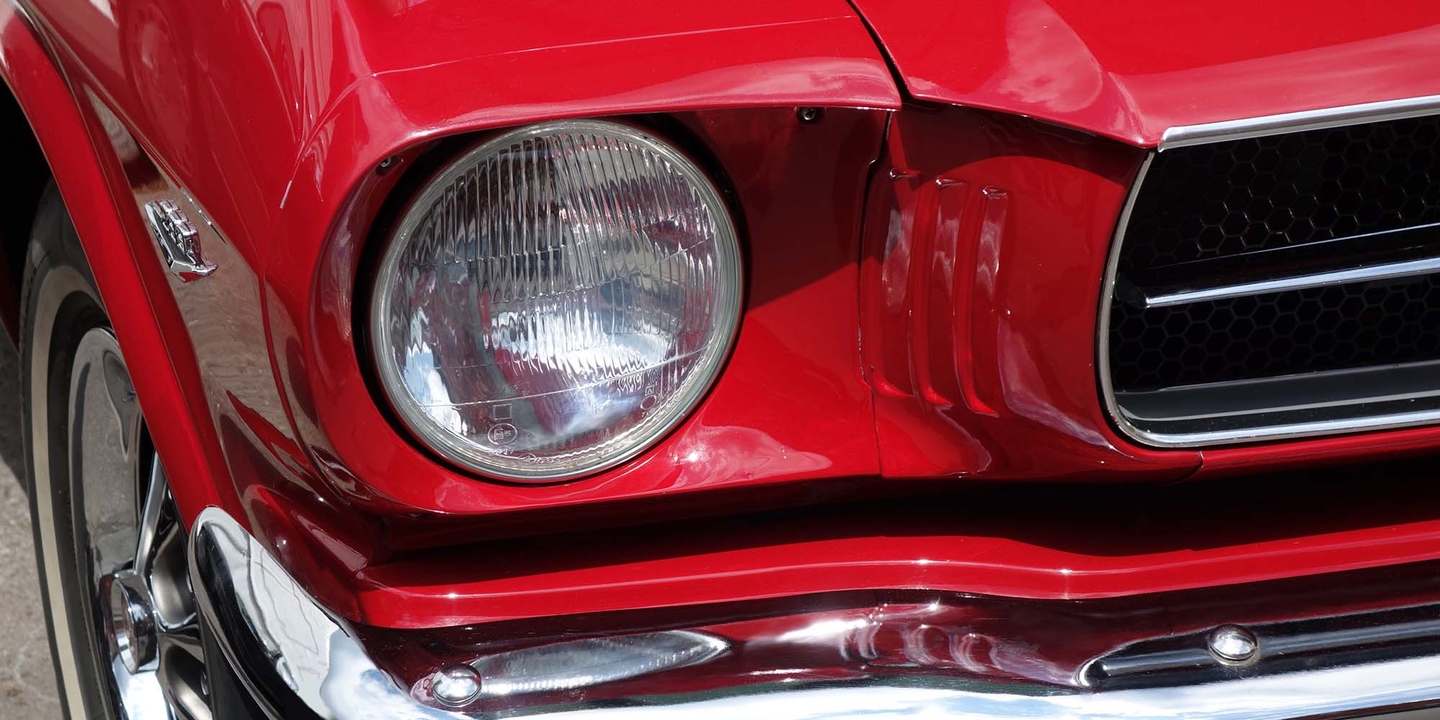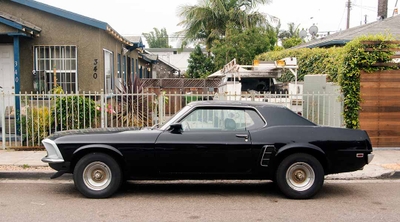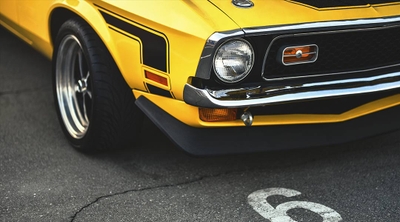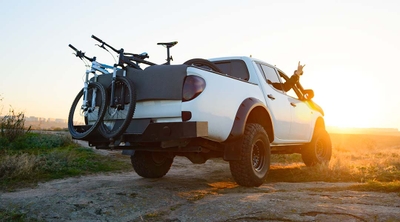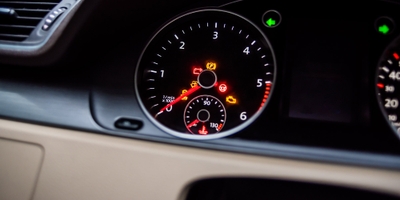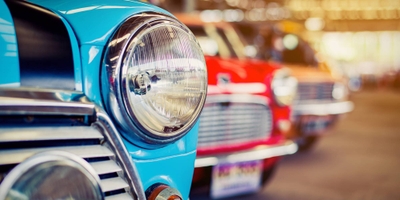1965 vs. 1966 Mustang differences
3 min read
It all started in 1964 when the Mustang shocked the nation and Ford filled its showrooms with an entirely new kind of American vehicle—the pony car. (Barracuda owners, we know you’ll disagree!) How can you tell if the car in front of you at a classic car show is a 1965 or 1966 Mustang? This guide should help.
Exterior changes
- Chrome molding: The Mustang body didn’t change for 1966, but on non-GT coupes and convertibles, the simple chrome molding at the end of the door “scoops” changed to a chrome-and-black variant with three horizontal bars.
- Grille: If you’re looking at a GT or fastback, you’ll have to walk around to the front of the car and look at the grille. 1965 models have a chrome “corral” around the running horse in the center of the grille, intersecting vertical and horizontal chrome bars, and a black honeycomb background. In 1966, the vertical bar disappeared and the honeycomb background changed to horizonal bars.
- Gas caps: 1965 Mustangs have gas caps with three notches around the sides and a recessed Mustang logo. In 1966 Mustangs, there are several small ridges all the way around the cap and the Mustang logo protrudes out past the words “Ford” on the top and “Mustang” on the bottom. A 1966 GT will have “GT” on the gas cap, but a 1965 GT won’t.
- Backup lights: Backup lights were an option for 1965 but standard in 1966, so if you don’t see backup lights, you’ll know it’s a 1965.
The stock hubcaps were different between the years, but many owners switch them to preference so they aren’t a guaranteed indicator.
Interior changes
The pre-August 1964 and 1965 Mustangs have a Ford Falcon instrument panel with a horizontal speedometer and “idiot lights” for warning functions, but the 1966 has a Mustang-unique panel with a round speedometer and various gauges. Most 1965 GT models will have the round-speedometer panel, but if you see the Falcon version, you’ll know it cannot be a 1966 under any circumstances.
Paint and trim
Some colors were common to both years: Raven Black, Wimbledon White, Candy Apple Red, Springtime Yellow, Vintage Burgundy, Silver Blue, Arcadian Blue, and Ivy Green. The 1965 colors that didn’t appear for 1966 were Poppy Red, Twilight Turquoise, Phoenician Yellow, Honey Gold, Dynasty Green, Caspian Blue, Rangoon Red, Tropical Turquoise, Silver Smoke Gray, Champagne Beige, and Prairie Bronze. The 1966 colors that didn’t appear for 1965 were Signal Flare Red, Sahara Beige, Nightmist Blue, Antique Bronze, Tahoe Turquoise, Emberglo, and Sauterne Gold.
VIN details
The original data plate for a Mustang is on the driver’s side door; if it’s intact, you can determine the year of manufacture from the first digit of the VIN, either a 5 or 6.
What about the pre-August 1964 models?
Some early Mustangs built before August of 1964 (1964.5 models) will have a couple of additional differences. The headlight extensions will have a beveled edge to match a similar extension known as the “stiffening skirt” on the hood. Unique colors for early production include Guardsman Blue, Skylight Blue, Cascade Green, Phoenician Yellow, Twilight Turquoise, Pagoda Green, Chantilly Beige, and Pace Car White.
The passenger seat in early cars is bolted straight to the floor; later on, it became adjustable. The door locks were color-matched to the interior until 1965 builds, when they became chrome. The driver fresh air knob has two fan settings in early cars, and three later on.
Engines and mechanical
The first Mustangs were built with a generator, but by 1965, production had switched to an alternator. 1964.5 Mustangs had the following engines: The 170 CID diU-code straight six of 170 CID displacement, the F-code 260 V8, the D-code 289 V8 with a four-barrel carb, and the high-performance K-code 289.
In 1965, a 200 CID T-code straight six replaced the 170, the C-code 289 replaced the 260, the A-code 289 replaced the D-code 289, and the K-code continued. All these engines continued into 1966.
A note of caution when trying to identify a first-generation Mustang
It’s easy to forget that all these cars are now nearly six decades old, and in some cases have been restored multiple times using the available parts on hard. Don’t assume a car is a 1965 just because it has the three-line molding; that could be from a crash repair from 1970. Just as importantly, the assembly lines of 1965 weren’t the roboticized, just-in-time cathedrals of precision they are nowadays. There was a fair amount of randomness in the assembly of the early cars, not least because the demand was greater than even Lee Iacocca had anticipated.
Whether it’s a 1965, 1966, or a 1964.5, the first-generation Mustangs remain popular with enthusiasts, collectors, and owners. They also make a great starter classic car for those just entering the hobby. Was the Mustang the first pony car? Barracuda owners might disagree, but even they must admit that the little Ford has a unique place both in history and in the hearts of its many fans.
Whether you’ve had your favorite classic car for years or are just purchasing one, be sure to get the right coverage for your beloved ride. Both you and your classic car can enjoy peace of mind on the open road.
